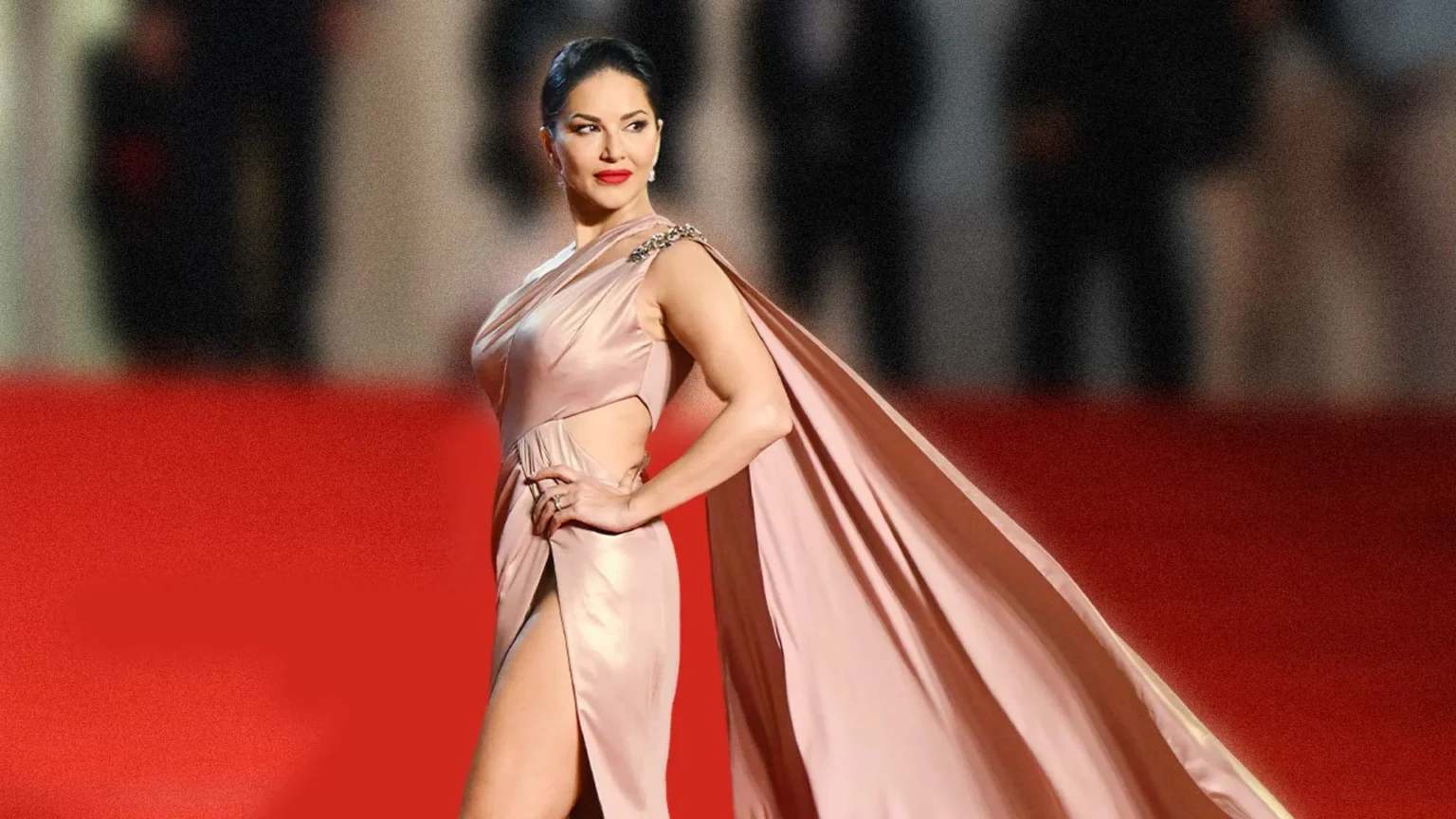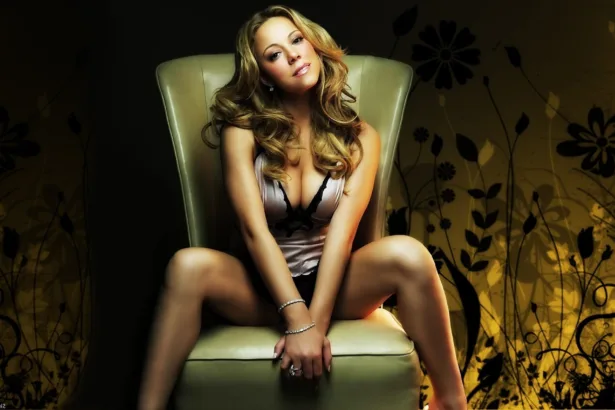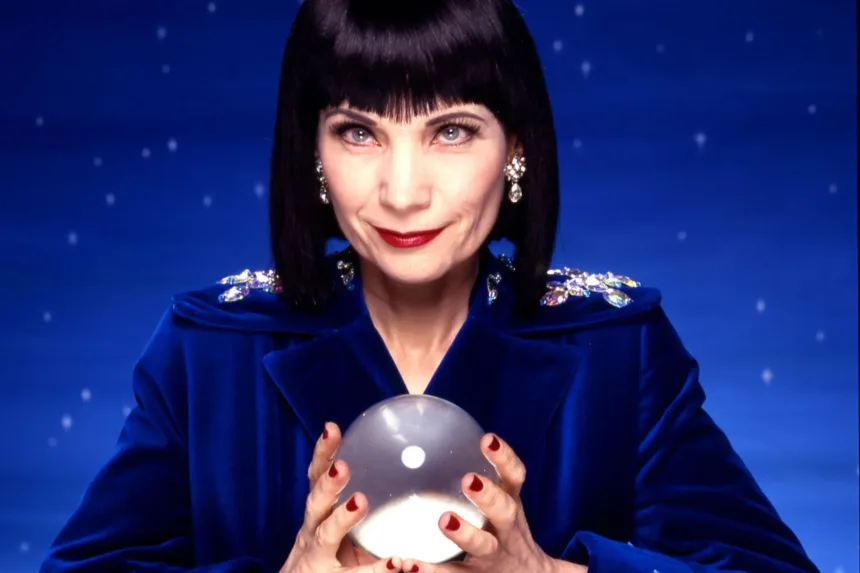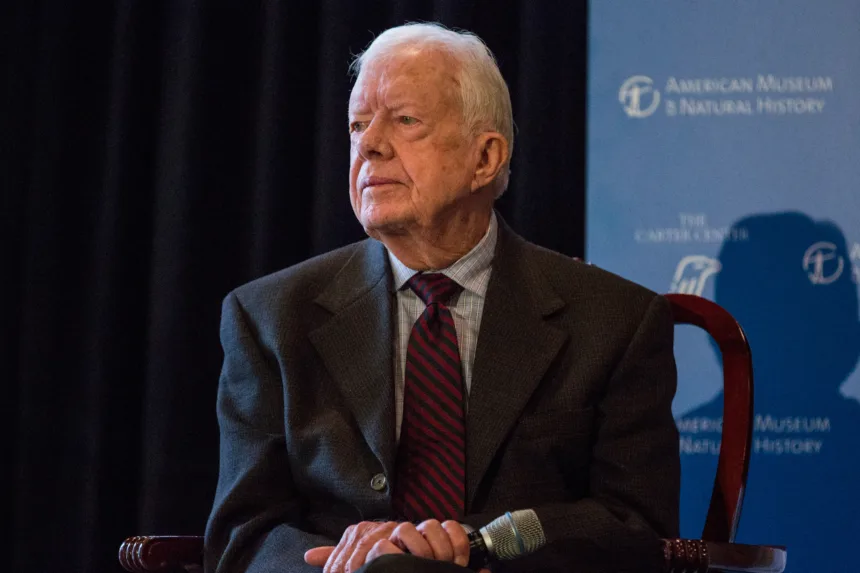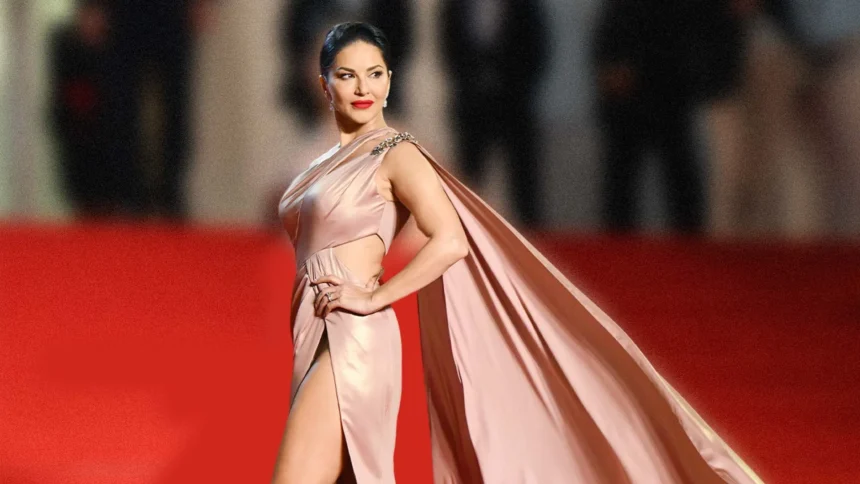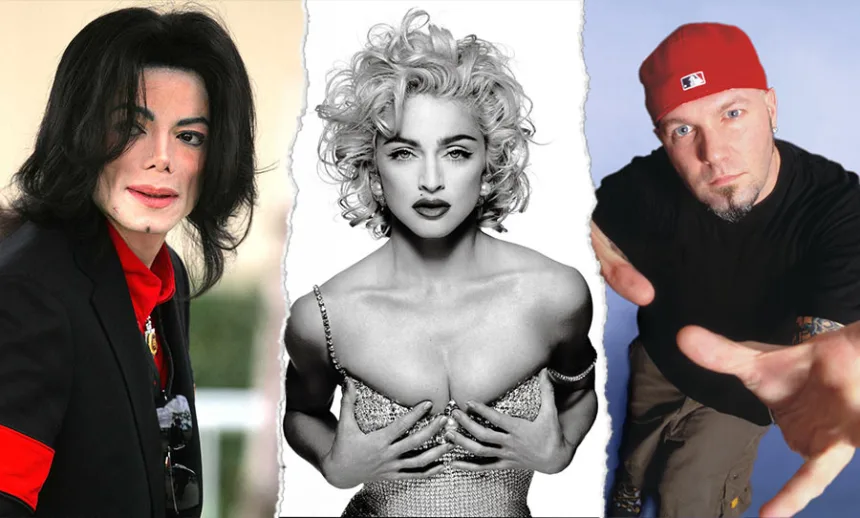Top 10 Best Documentaries on HBO Max
The truth can indeed be unsettling. Whether you reflect them factual or…
Top 10 Thrillers Too Suspenseful Movies On Netflix
So you’re looking for suspenseful movies on Netflix, let’s be more specific.…
Top 10 Gal Gadot Movies On Netflix: A Must-Watch List
Irit and Michael Gadot welcomed Gal into the world on April 30,…
Top 10 Richest Social Media Influencers In The World 2024
Are you interested in discovering the Richest Social Media Influencers globally? We…
25 Suzuki HayaBusa Heavy Bike Wallpapers 2024
The Suzuki Hayabusa, officially known as the GSX1300R, is a legendary sports…
25 Ariana Grande Latest Wallpapers
One of the most famous Instagram models, Ariana Grande, born in Boca…
What's Hot
Mae Muller Net Worth, Biography, Career, and History
Mae Muller is a British singer and songwriter who has made waves in the music industry with her unique blend of R&B, pop, and soul. This article will delve into…
Instagram Bans Minors From Live Streaming
Social media internet company Meta has banned live streaming by minors on…
Amazon Makes Formal Offer To White House To Buy TikTok
Amazon has made a formal offer to the White House to buy…
How To Unpause Your X Monetization Account?
X Monetization is one of the best online earnings programs so far…
What is BlueSky, And Why Is Everyone Talking About It?
Perhaps you have read the term BlueSky as of late via online…
Meta Lays Off Employees Across Multiple Teams
Meta confirmed to TechCrunch Wednesday morning that it had begun cutting jobs…
iPhone 18 to Launch Without Camera Control Button In Upcoming Models
Rumors claim that Apple is reconsidering the design of the Camera Control…
Samsung S25 Ultra Review, Specification And Price
Samsung has once again raised the bar with the launch of the…
This month’s top 10 trending smartphones
After weeks of the Samsung Galaxy A56 dominating the trending smartphones chart,…
Apple to Shift Entire US iPhone Production to India by 2026
Apple to Shift Entire US iPhone Production Destined for the US Market—Roughly…
Roblox Announces New Safety Features For Under-13s
Rodney Walker, the Platforms’s CTO, reacted by saying The Verge's account is…
The Untold Story of A Divisive Genius Elon Musk
Elon Musk’s life story is one of extreme ambition, risk-taking, and the pursuit of innovation. From humble beginnings in South Africa, Musk has grown to become one of the most influential figures in technology, space exploration, and sustainable energy. His…
Top 5 VPN Services in 2025
Android 15 Update: Pixel Microphone & Bluetooth Fixes
Google has started rolling out the May 2025 security patch for the…
Meta Settles Trump Lawsuit for $25M Over Social Media Bans
In Joe Biden's government, Meta suspended President Donald Trump's Facebook and Instagram…
Meta Tracked Android Users, Even in Incognito Mode
Meta has come under scrutiny after it was discovered that the company had…
Samsung’s Now Bar might actually be useful in One UI 8
The current version of Now Bar falls short and lacks promised third-party…
Top 10 Best Action Movies on Netflix 2024
Netflix is a hub of entertainment; if you're an action movie lover,…
Top 10 Gal Gadot Movies On Netflix: A Must-Watch List
Irit and Michael Gadot welcomed Gal into the world on April 30,…
Top 10 Social Media Companies With Monthly Active Users 2024
Social Media Companies have become an essential part of our lives and…
Top 10 Beautiful Cities Of Germany With History
Germany is a country with a rich history and a diverse culture.…
Trending Categories
Treding Stories
Emily Blunt Net Worth, Biography, Career And Movies
Emily Blunt, born Emily Olivia Laura Blunt on February 23, 1983, in Wandsworth, London,…
Editior's Choice
Recent Stories
TikTok Is Spending $1.3 Billion to Dodge Bans in Europe
In recent times, European politicians have grown increasingly apprehensive about the destination…
Copilot Vision Now Free for All Edge Users – Here’s How It Works
If you’ve ever wished for an AI that could read a web…
Astrologer Mystic Meg Passed Away At The Age of 80
Margaret Anne Lake, better known as Mystic Meg, died at 80. The…
Tesla Reduces Prices of Model S And Model Y In The US
Tesla has announced a reduction in its Model S sedan and Model…
Suzuki Alto, Every Price Flies After New Taxes in Pakistan
The federal government is continuously imposing taxes. For example, the car buyers…
Rupert Murdoch Announces Engagement To Ann Lesley Smith
In a surprising announcement, media mogul Rupert Murdoch has revealed his engagement…
PayPal Introduces Passkey Login Feature for US Android Users
PayPal has recently introduced Passkey logins to Android users in the United…
Pakistan’s Biggest Online NFT Treasure SCAM is Unfolding!
A new wave of digital deception has gripped Pakistan, and this time,…
Former US President Jimmy Carter To Receive Hospice Care
The Carter Center has announced that former US President Jimmy Carter will…
Implanted Chip Records Human Brain Activity for the First Time
On May 14, 2025, a groundbreaking milestone was achieved in neuroscience and…
What's Hot
Gal Gadot Net Worth, Biography, And Career
Gal Gadot is a name that needs no introduction. The Israeli actress and model are widely recognized for portraying the iconic superhero Wonder Woman. However, her journey to fame was…
What Is Programmatic SEO; A Step-by-Step Guide for New Sites
Programmatic SEO is a powerful approach to scaling organic search traffic by…
Top 5 Google AdSense Alternatives For Publishers 2024
Google AdSense is one of the best monetizing networks which also pay…
SEO Secrets Every Blogger Should Know
SEO (Search Engine Optimization) is one of the main things every blogger…
Boost Your Blog: Top 10 SEO Tips for Bloggers
In today's digital age, creating a blog is just the first step…
How Google Evaluates New Topics on Your Website for SEO
Google’s Danny Sullivan recently shared insights on how SEO is affected when…
Top SEO Strategies for First Page Google Ranking
In this post, I'm going to show you exactly how to rank…
25 Suzuki HayaBusa Heavy Bike Wallpapers 2024
The Suzuki Hayabusa, officially known as the GSX1300R, is a legendary sports…


